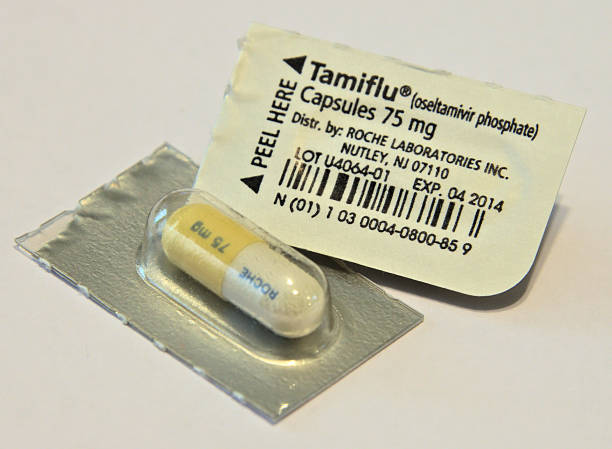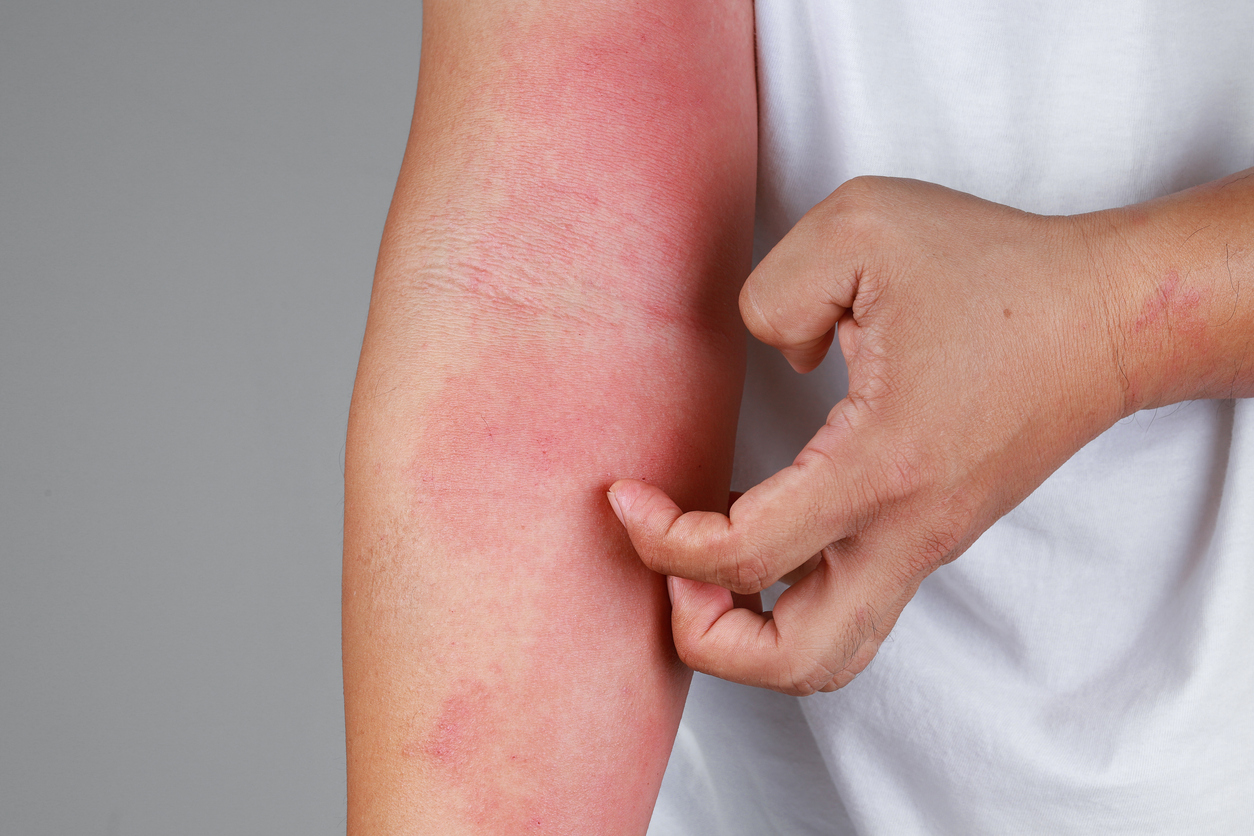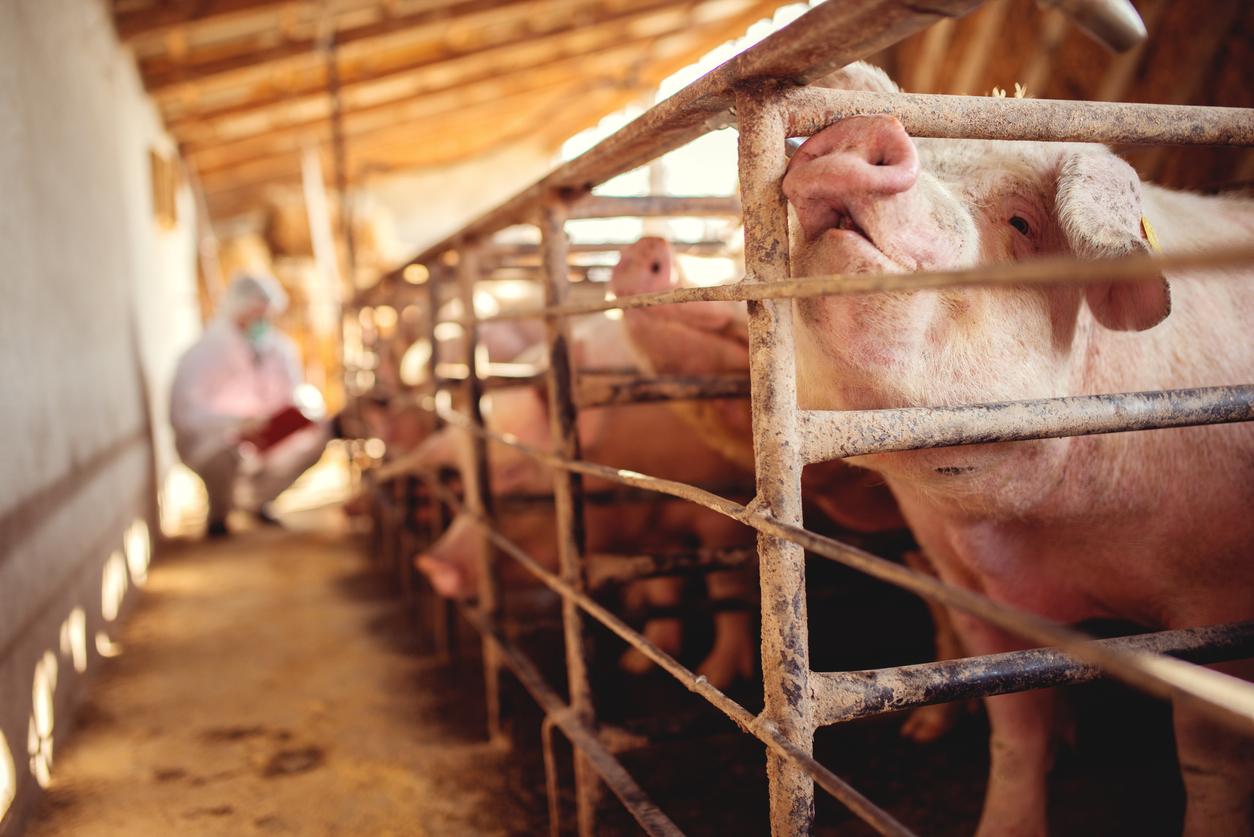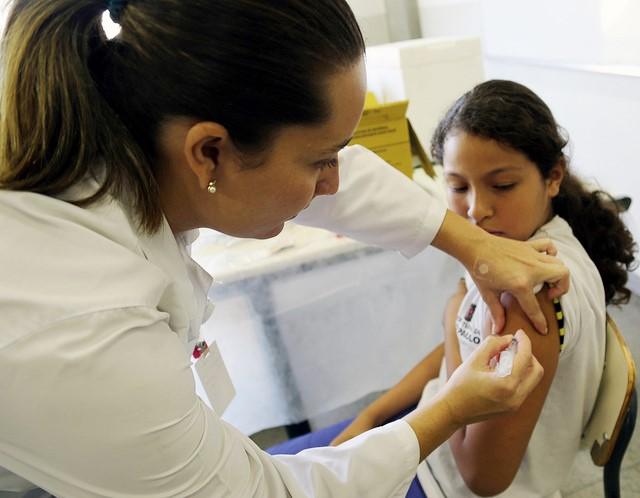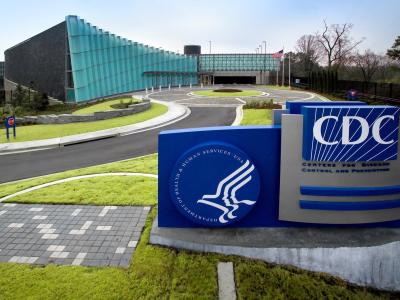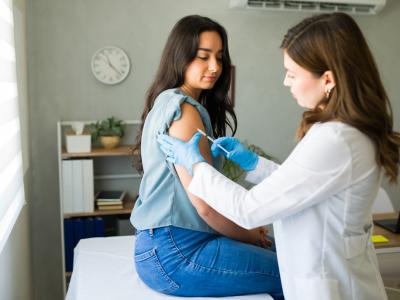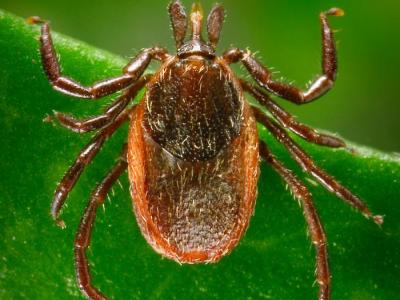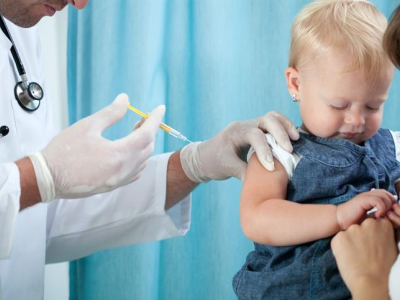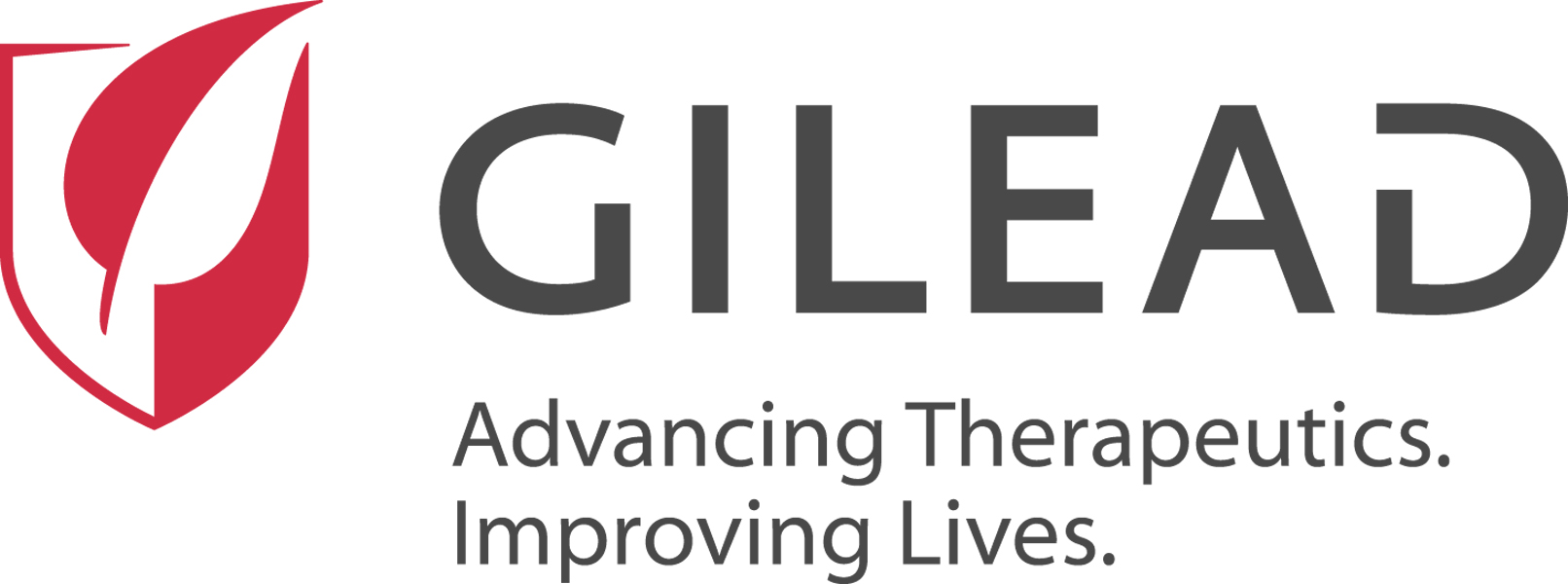Iowa has announced its second measles case, an adult male from the eastern part of the state who was vaccinated and whose travel history is still under investigation. This is the third measles case in Iowa this year. Iowa last identified measles in 2019.
Health officials in Montana's Gallatin County also confirmed two more measles cases, including one person who was exposed to an earlier case and another who likely acquired the virus through community transmission. Several Bozeman stores, restaurants, and a middle school flag football game are listed as spots of possible exposure. The county now has 12 cases of measles this year.
New Mexico detection hints at ongoing transmission
Finally, New Mexico's health department today announced a positive measles sample in wastewater from Chaves County. The last confirmed measles case in Chaves County was in early April. The wastewater sample was collected in early June, suggesting the possibility of ongoing silent transmission there.
"While wastewater testing cannot tell us the timing, location or number of people infected with measles, this detection tells us there was at least one person infectious with measles in Roswell around June 3 and puts us on notice there may be more cases in Chaves County in the coming days,” Daniel Sosin, MD, a medical epidemiologist for the state, said in a press release.
